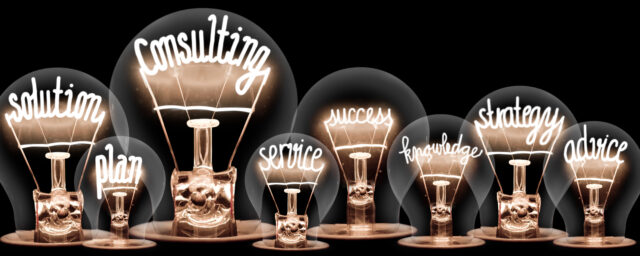Hands up anyone who thought making money through eCommerce was going to be easy? Unlike bricks and mortar, your website is open 24/7, the overheads are low, and your differentiator was going to be a great user experience. Price wouldn’t matter too much, especially if you could call upon loyal brand advocates – Facebook fans, and all your friends who told you what a great idea it would be to sell that product online.
As we all know, being successful online is a little bit more complicated than that. At acidgreen, over the last 16 years we have seen firsthand what works and what doesn’t. In this four-part series, we will take you through the various steps normally used to improve conversion optimisation.
There are many reasons that an online business can fail and our initial consult would always be to try and test the waters with a Minimum Viable Product. At this stage, creating a beautiful site with custom features isn’t going to increase demand for a product. That money is better invested in marketing. Things like conversion rate optimisation, customer lifetime value, content delivery networks and onsite personalisation are all totally useless unless you have a product or service that people want to purchase.
For those lucky enough to have survived this initial stage, we have identified some common themes that we feel have helped our clients to succeed over the years.
Keep in mind, there is no point investing in these until there are suitable traffic levels to justify the business case. Even the best sites who implement all of the below only have conversion rates of between 1 and 3%.
Looking for the Product
There is a lot of information out there about purchase funnels and buying cycles. Buzzwords like awareness and consideration come to mind. We are not discounting the importance of this research but when we look at our clients’ analytics, we find that the sales cycle is usually less than 1 day. So by the time customers get to your site, they know what they want, and they need to find it quick.
“Sales Cycle is usually less than 1 day”
Search function
Nothing is more frustrating for a customer than the inability to find what they’re looking for. A good performing on-site search facility is your most powerful asset in converting customers on your site. When we analysed a cross section of our accounts, we found that on average, sessions where the on-site search is used, improves conversion rates by 465%. This means that on a site with an average conversion rate of 1.5%:
Conversion Rates without on-site search are 0.75% Conversion Rates with on site search are 4.3%
Search on mobile
According to Google onsite search is even more necessary on mobile. Long complicated navigation menus relying on hover states just don’t seem to cut it. Google suggests segmented search as per this example from the research:
Worth Noting
Most inbuilt search engines do not have a good auto-complete or suggested search function. If you can afford it, then it is worth paying and investing for a 3rd party search function. We find that with the added ability to visually merchandise your results and add filters, the customer can get what they are looking for much quicker.
Stay Tuned for Part Two
This concludes the first part. In the second part of the series, we will explore design and best practices to be considered when developing product pages for your eCommerce website.


Subscribe to updates
Get the latest news and payment insights from Eway hot off the press.




